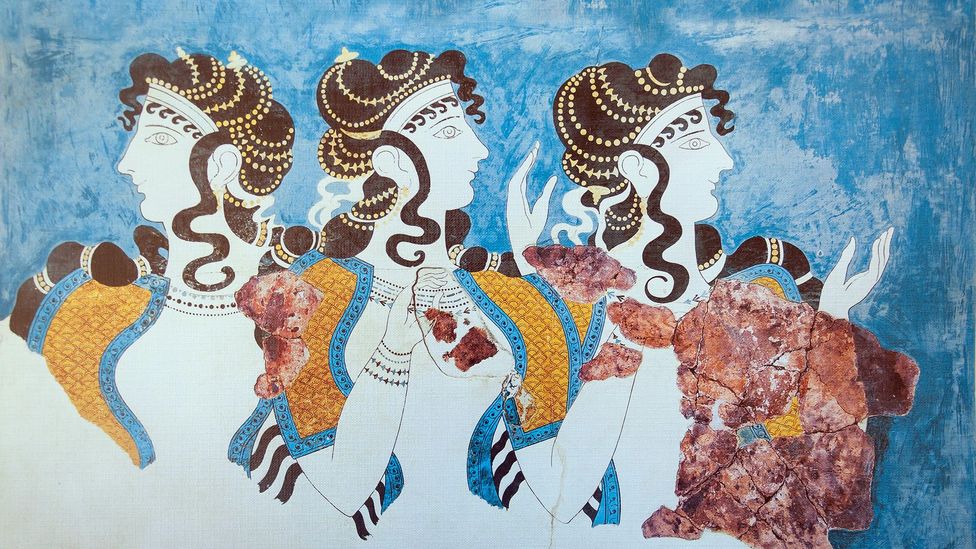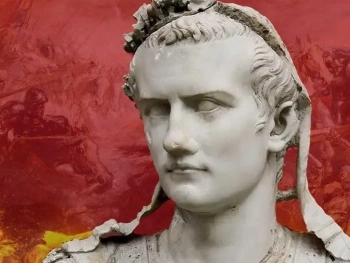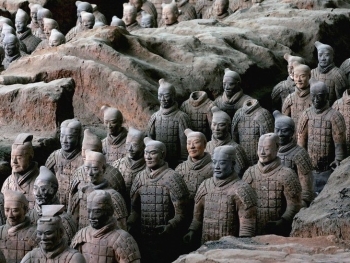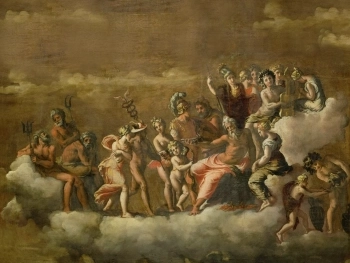The Minoans were a prehistoric civilization that existed on the island of Crete from approximately 2700 to 1450 BC. Despite their relatively short existence, the Minoans left behind a lasting legacy of cultural and technological innovation that continues to fascinate scholars and historians to this day.
One of the most remarkable aspects of the Minoan civilization was their advanced technology and engineering. The Minoans were known for their sophisticated water management systems, which included underground cisterns and elaborate drainage networks. They also developed new techniques for metalworking, pottery, and weaving that were far ahead of their time.
Another hallmark of the Minoan civilization was their artistic and cultural achievements. The Minoans produced a wide range of art, including frescoes, pottery, and sculpture, that was characterized by its vivid colors, flowing lines, and naturalistic forms. They also had a complex religion that included worship of nature deities, and they held elaborate ceremonies and festivals throughout the year.
Despite their many achievements, the Minoans also faced a number of challenges during their existence. They were located in a geographically vulnerable area, and they were frequently subject to natural disasters such as earthquakes and tsunamis. They were also invaded by foreign powers, including the Mycenaeans, who eventually overran the Minoan civilization and brought about its downfall.
Despite their eventual demise, the legacy of the Minoans lives on today. Their innovations in art, technology, and culture continue to inspire and influence modern society, and their lasting impact on the development of western civilization cannot be overstated. For those interested in the history and culture of ancient Greece, the Minoans represent an important and fascinating chapter in human history.




